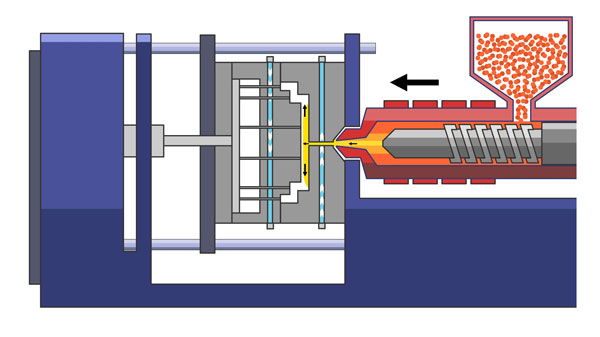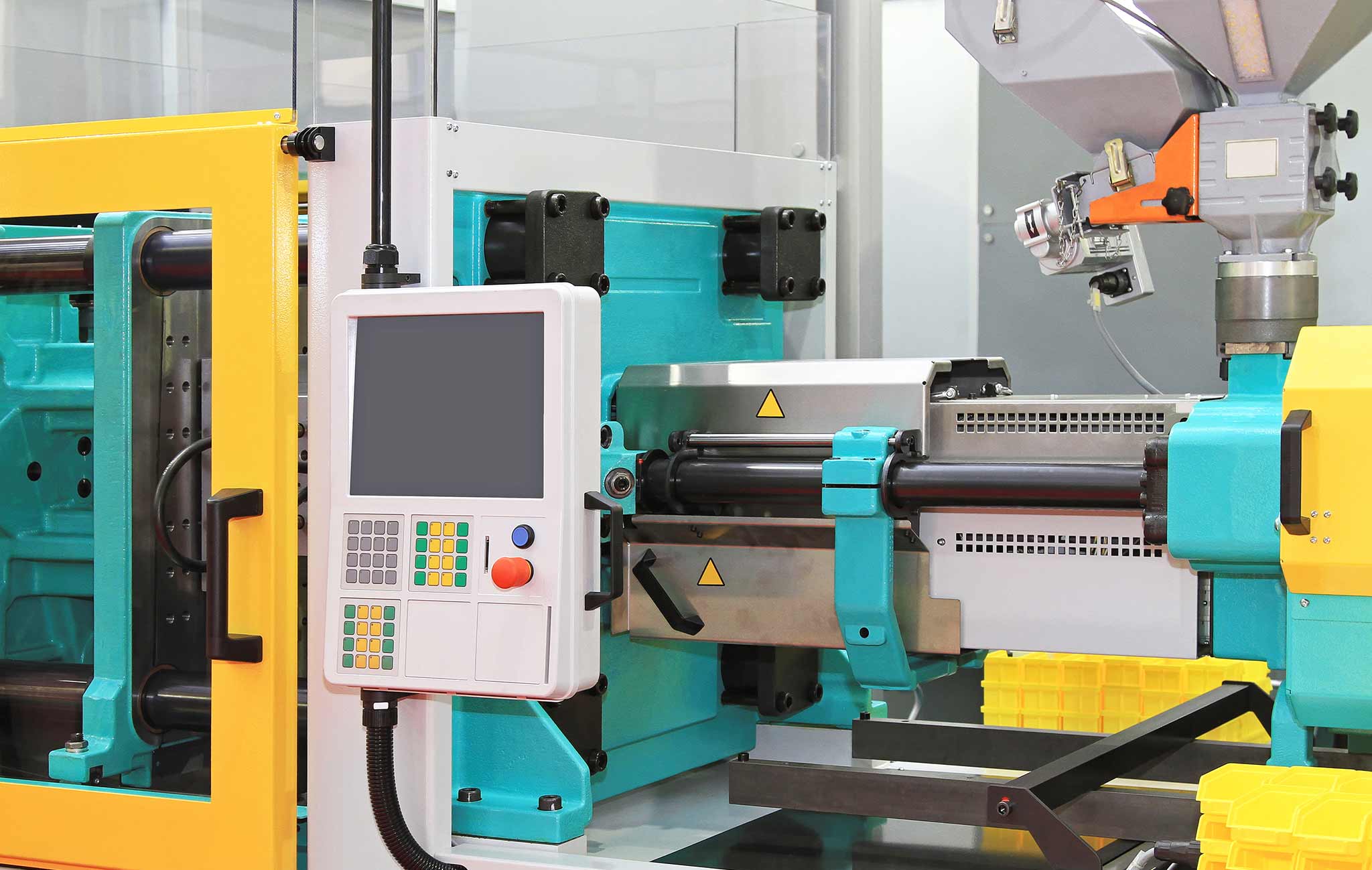See This Report about Oems
Wiki Article
The 9-Minute Rule for Manufacturing Industries
Table of ContentsThe Of Manufacturing IndustriesThe Ultimate Guide To Plastic ManufacturingThe Definitive Guide to Die CastingHow Plastic Manufacturing can Save You Time, Stress, and Money.Facts About Lean Manufacturing Uncovered9 Simple Techniques For Plastic Manufacturing
The text on this web page is an example from our complete White Paper 'Injection Moulding for Purchasers' - * Example message * - for complete guide click the download switch over! Intro This overview is meant for people that are wanting to resource plastic mouldings. It provides a much required understanding into all that is entailed with producing plastic components, from the mould device needed to the moulding procedure itself.If you wish to explore better, the overview covers kinds of mould devices, as well as special ending up processes such as colours & plating. Words that are underlined can be discovered in the glossary in the appendix ... Part I: Moulding: The Basics The Advantages of Shot Moulding Plastic injection moulding is a really precise procedure that offers a number of advantages over other plastic handling methods.
Precision is perfect for really intricate parts. Compared to other methods, moulding allows you to integrate more features at very little resistances. Take a look at the picture to the right. oem. You can hold this moulding in the hand of your hand as well as it has employers, ribs, metal inserts, side cores as well as holes, made with a gliding turned off function in the mould device.
Some Ideas on Manufacturing You Should Know


Mfg for Dummies
from material feed & melting; material injectionProduct shot time cooling down ejection to the re-closing of the mould tool ready for the next cycleFollowing Draft angles - The wall surfaces of a moulded part should be slightly tapered in the instructions in which the part is ejected from the mould tool, to permit the part to be expelled quickly.Ejector stroke - The pushing out of ejector pins to expel the moulded component from the mould device. Ejector stroke rate, size and also timing requires to be thoroughly managed to protect against damages to the ejectors and also mould device, however at the same time make the moulding cycle as brief as feasible.

The Lean Manufacturing Ideas
Ribs - When a plastic part has thin walls, ribs are included in the layout to make the thin wall surfaces more powerful Side cores - Side activity which creates a feature on a moulded part, at an opposing angle to the normal opening instructions of the mould tool. lean manufacturing. The side core needs to be able to retract as Home Page the plastic component can not be expelled otherwise.
Wall surfaces - The sides of a moulded part The message on this web page is an example from our full White Paper 'Shot Moulding for Customers'.
Production procedure for generating components by infusing molten material into a mould, or mold and mildew Simplified diagram of the procedure Injection moulding (united state punctuation: injection molding) is a manufacturing process for generating components by injecting liquified product into a mould, or mold. Shot moulding can be executed with a host of products generally consisting of metals (for which the process is called die-casting), glasses, elastomers, confections, and also a lot of typically thermoplastic as well as thermosetting polymers. Shot moulding is commonly utilized for producing a range of parts, from the tiniest components to whole body panels of vehicles. Shot moulding makes use of a special-purpose maker that has three parts: the injection system, the mould as well as the clamp.
The Of Additive Manufacturing
Refine attributes [edit] Shot moulding makes use of a ram or screw-type plunger to require liquified plastic or rubber product into a mould tooth cavity; this strengthens right into a shape that has actually satisfied the shape of the mould. It is most commonly made use of to refine both polycarbonate and thermosetting polymers, with the volume used of the previous being considerably higher.: 13 Thermoplastics prevail because of characteristics that make them extremely ideal for shot moulding, such as convenience of recycling, convenience for a variety of applications,: 89 and ability to soften and stream on heating.In multiple dental caries moulds, each dental caries can be similar as well as form the same components or can be special as well as create multiple different geometries during a solitary cycle. Moulds are typically made from device steels, but stainless-steels and also aluminium moulds are appropriate for sure applications. Aluminium moulds are typically ill-suited for high volume production or parts with slim dimensional resistances, as they have inferior mechanical properties as well as are more prone to use, damages, and deformation throughout the injection as well as clamping cycles; nonetheless, aluminium moulds are affordable in low-volume applications, as mould fabrication costs as well as time are significantly reduced.
The screw supplies the raw material onward, blends and homogenises the thermal and viscous distributions of the polymer, as well as minimizes the needed heating time by mechanically shearing the product as well as adding a considerable amount of frictional home heating to the polymer. The product feeds ahead through a check valve as well as accumulates at the front of the screw right into a volume called a shot. When sufficient product has gathered, the material is required at high pressure as well as velocity right into the component forming dental caries. The specific amount of contraction is a function of the resin being used, and can be reasonably foreseeable. To stop spikes in pressure, the process normally utilizes a transfer placement matching to a 9598% full dental caries where the screw shifts from a constant velocity to a consistent pressure control.
The Main Principles Of Additive Manufacturing
As soon visit this page as the screw gets to the transfer placement the packaging stress is used, which finishes mould dental filling and click for info makes up for thermal shrinking, which is fairly high for thermoplastics loved one to many various other products. The packaging stress is used until the entrance (dental caries entryway) strengthens. As a result of its little size, the gateway is usually the initial location to strengthen with its entire thickness.: 16 Once eviction strengthens, no more material can enter the tooth cavity; accordingly, the screw reciprocates and also obtains material for the following cycle while the product within the mould cools down so that it can be ejected as well as be dimensionally secure.Report this wiki page